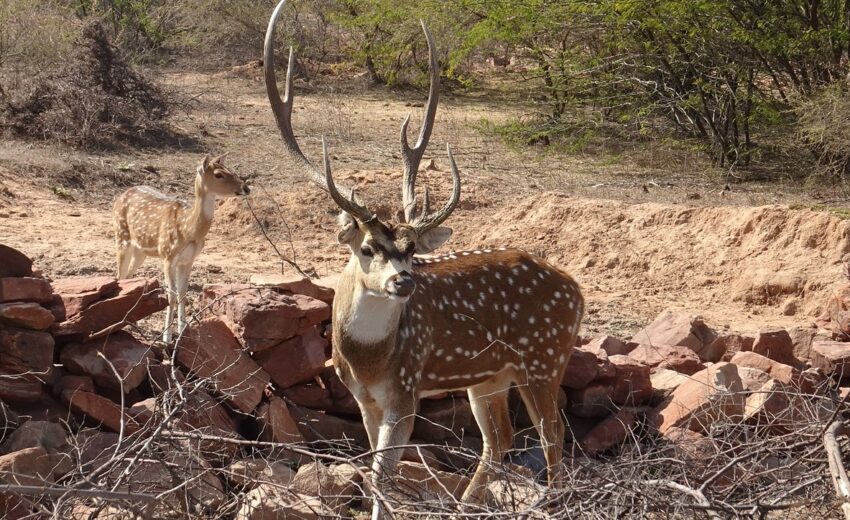Concentrated throughout India, the chital deer, aka axis deer or spotted deer, is commonplace in the tropical dry forests, open grasslands, semi-evergreen forests, tropical
- Zoology
- Daily Critter Facts
- For Teachers
- Study Guides
- Animal Diseases & Parasites
- Contact

